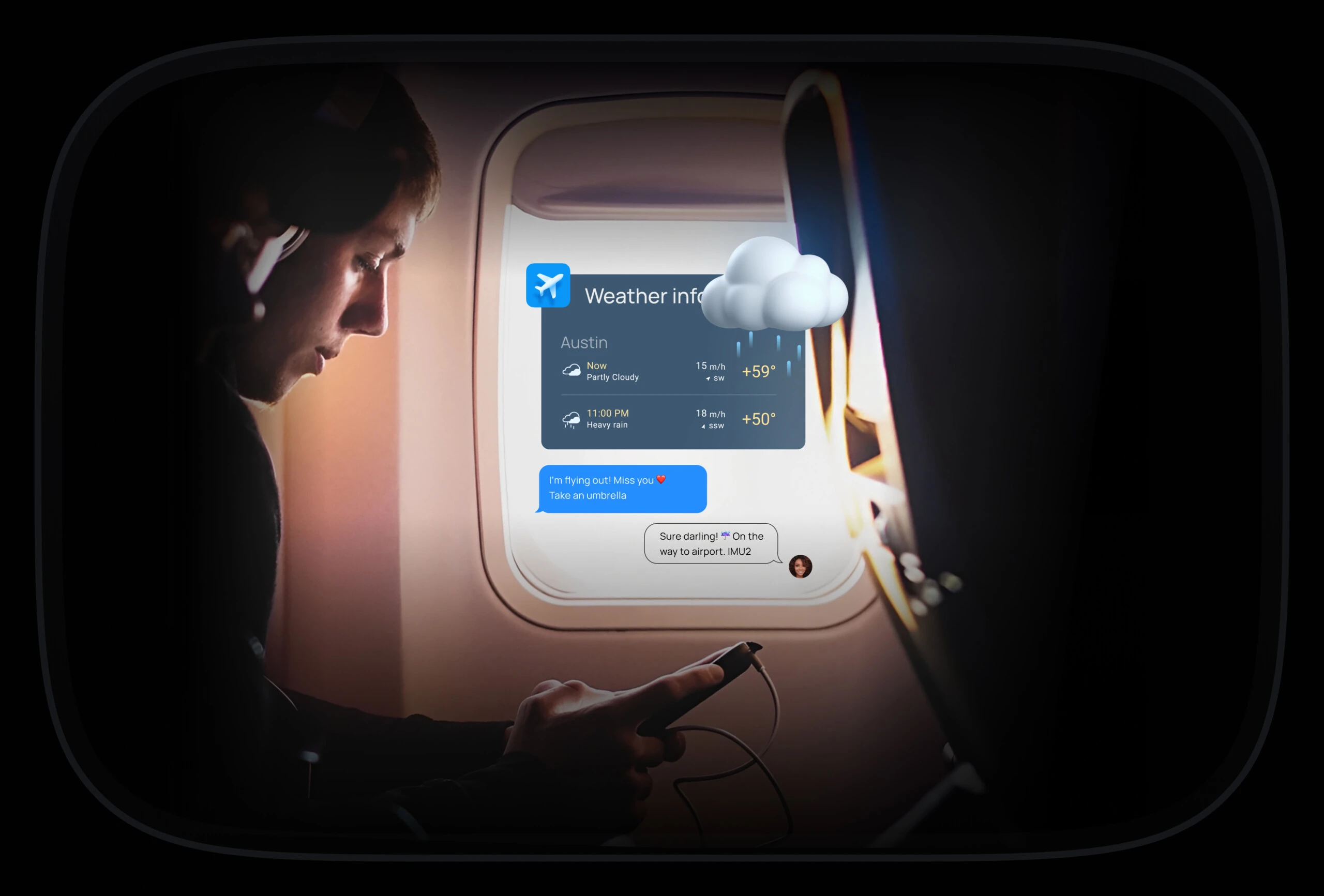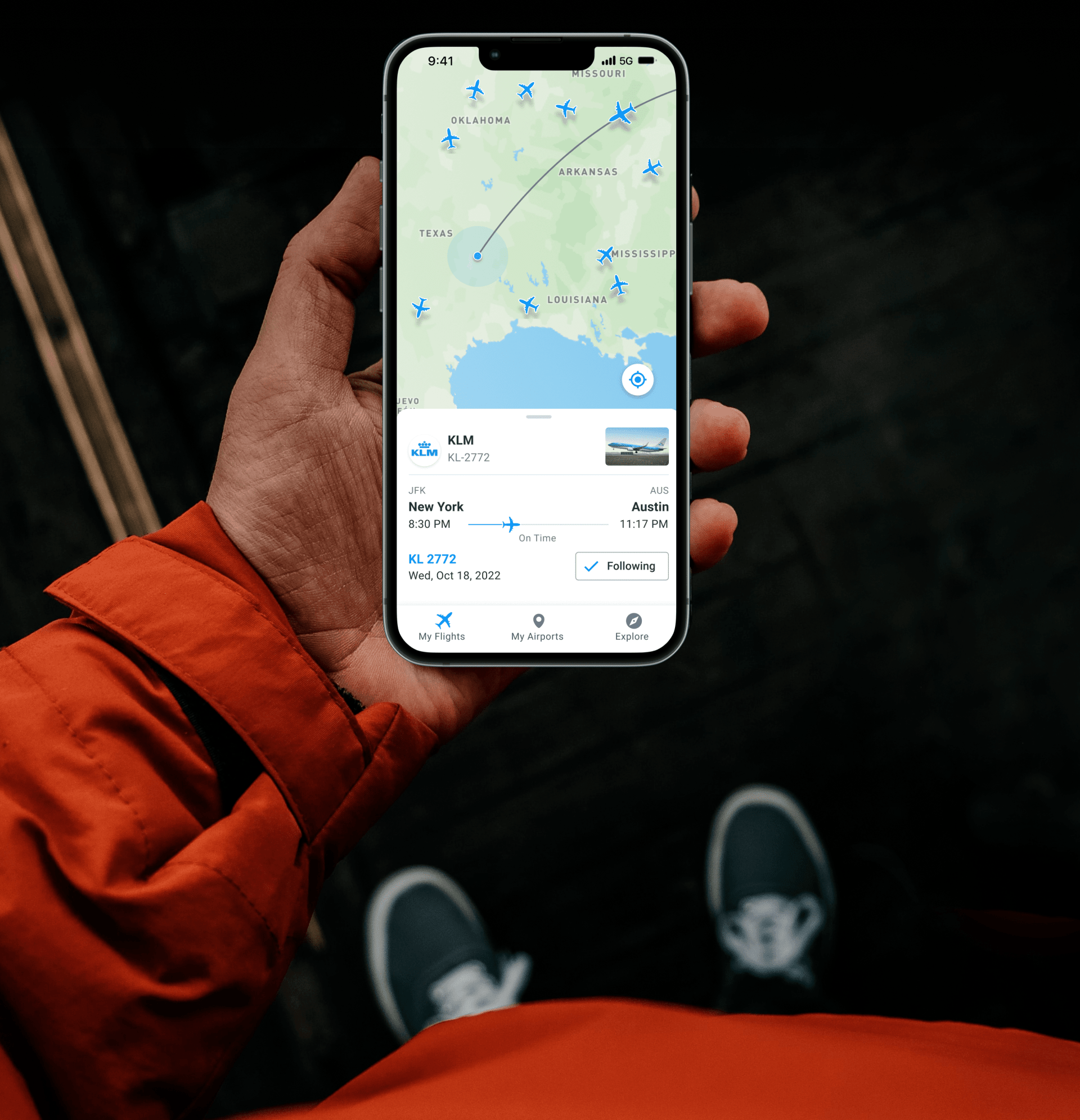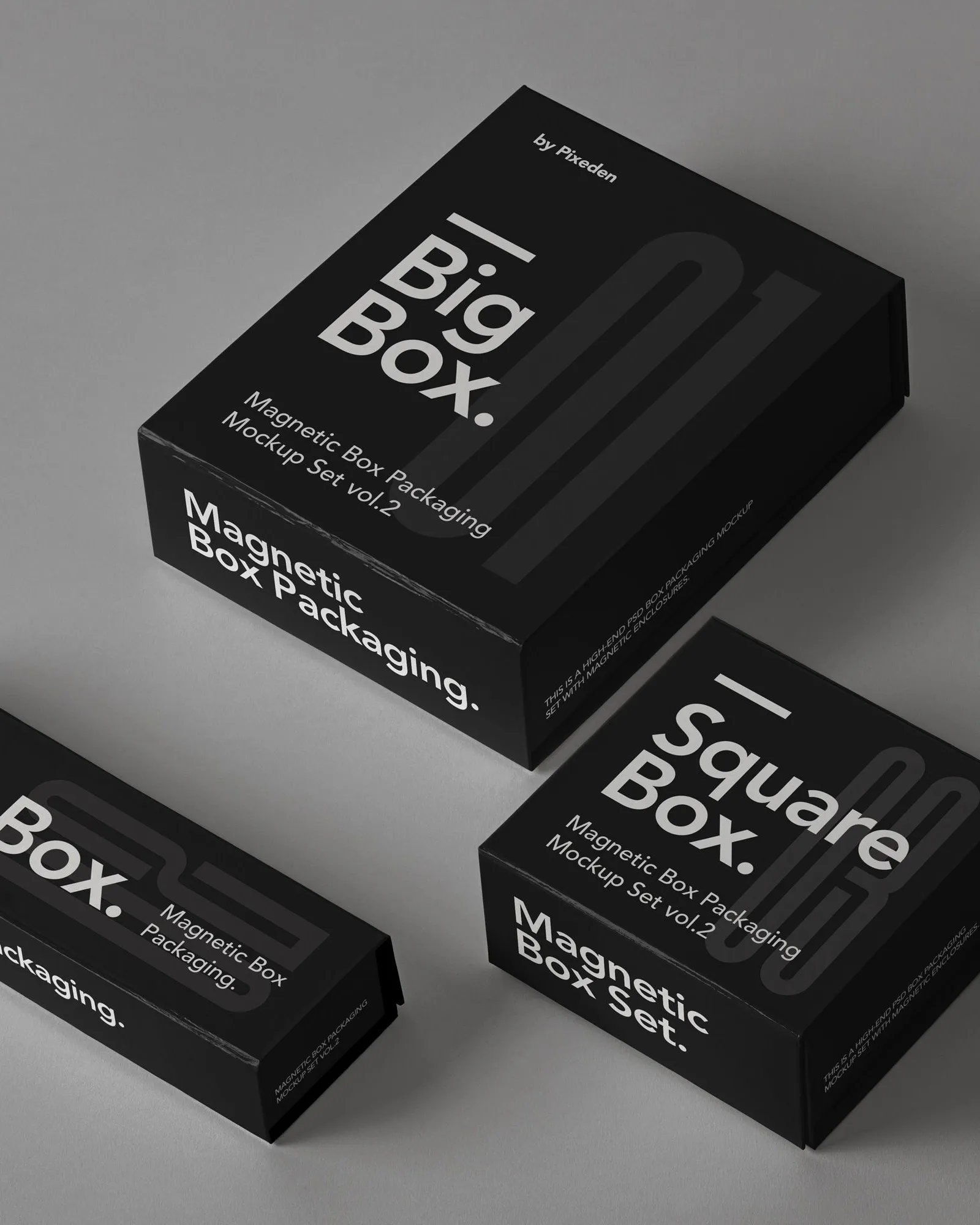

In the world of performance marketing, the story is often the first casualty. The pressure to optimize for the click, the conversion, and the immediate ROI can strip a campaign of its soul, leaving behind a trail of efficient but forgettable direct-response ads. The prevailing wisdom is that you can have a beautiful brand story or you can have a high-performing campaign, but you can't have both.
This is a false choice.
During my time as a Creative Director at IAC (InterActiveCorp), a leading media and internet company, I was tasked with a challenge that sat directly on this fault line. We needed to launch and scale over 10 new branded video series for a portfolio of digital brands, and we needed to do it in a way that was both creatively excellent and ruthlessly effective at growing our audience. Failure meant not only a missed creative opportunity but a significant waste of media spend.
By rejecting the "brand OR performance" mindset and adopting a "brand AND performance" approach, we developed a model for narrative-driven performance marketing. We treated our video series not as a collection of ads, but as episodic stories, and then used performance marketing tactics to distribute those stories with precision. The result was a 40% increase in audience reach across the portfolio and a 35% boost in campaign conversions, earning recognition from major outlets like Bon Appétit. This is how we proved that a good story is the ultimate performance-enhancing drug.


From Disconnected Ads to Episodic Storytelling
For each of the 10+ branded content series, we developed a core narrative concept. But we didn't go all-in on production right away. Instead, we created a "pilot episode"—a single, powerful video that established the series' tone, characters, and core value proposition.
As Creative Director, I led the strategy from ideation through production. This involved creating treatments and lookbooks, crafting campaign narratives, and ensuring every "pilot" was aligned with the specific brand's goals.
Instead of ending our pilot with a hard "Buy Now," we ended it with a narrative hook, teasing what was coming next in the series. The call-to-action was softer: "Follow along for the next episode." This was designed to convert a viewer into a subscriber, not just a one-time clicker.
This is where our narrative approach integrated with performance marketing. We used paid social and video platforms not to blast a single message, but to run a sequential, episodic ad campaign.
This model transformed our ad campaign from a series of interruptions into a welcome, serialized story. Our audience wasn't being targeted; they were being treated to the next chapter of a story they had already opted into.
We used the performance data from our "pilot episodes" to make smart, strategic decisions about the rest of the series.


A Scalable Engine for Audience and Conversion Growth
By treating our performance marketing as a storytelling platform, we achieved a powerful synthesis of brand-building and direct-response. The results demonstrated that an engaging narrative is the most effective way to drive measurable action.
The most significant outcome was the creation of a scalable and repeatable playbook for launching and growing new content brands. We moved away from a high-risk, project-by-project approach and developed a data-informed system for building loyal audiences. This model proved to the organization that investing in high-quality, narrative-driven content was not a luxury; it was the most effective and efficient path to sustainable growth. We didn't just make ads; we built an audience asset.
Three Keys to Blending Story and Performance
In video marketing, the click is a false god. The most valuable metric in the early stages of a campaign is attention. A high Video Completion Rate is a far better indicator of a story's resonance than a high Click-Through Rate on a deceptive thumbnail. If you can hold their attention, you will eventually earn their click.
A great narrative campaign is not about slapping a story on top of a pre-existing marketing funnel. The funnel itself must be architected with a narrative structure. The top-of-funnel ad is your "inciting incident." The mid-funnel retargeting is your "rising action." The bottom-of-funnel conversion is your "climax." When you map the user journey to a story structure, your marketing becomes exponentially more effective.
The best creative leaders don't see data as a report card from another department. They see it as a collaborative partner in the creative process. The data tells you where your story is dragging, where your audience is confused, and where your message is truly landing. Learning to listen to that data is like learning to take notes from the world's most honest and insightful producer.
This project was a definitive proof point in my career. It showed that the perceived conflict between the storytellers and the quants is a myth. The most powerful marketing isn't born from choosing one over the other, but from creating a seamless fusion of the two.
'The Data is In: Why Narrative-Driven Campaigns Outperform Performance Marketing.'
See what our satisfied clients say about working with us.

Our proven process ensures successful outcomes and client satisfaction every time.



